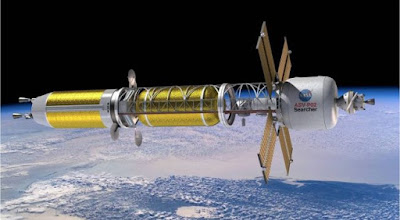The hills in Mars' Australe Scopuli region, located near the planet's south pole, are covered in carbon dioxide ice. The darker areas are layers of dust. (Image credit: ESA/DLR/FU Berlin)
Topics: Astrophysics, Environment, ESA, Mars, NASA, Planetary Science, Space Exploration
Snow dots the Martian landscape in these images from ESA's Mars Express orbiter and NASA's Mars Reconnaissance Orbiter.
Hoping for a white Christmas this year? Well, even if there's no snow where you live, at least you can enjoy these images of a "winter" wonderland on Mars.
Taken by the German-built High-Resolution Stereo Camera (HRSC) on the European Space Agency's (ESA) Mars Express orbiter in June 2022, and by NASA's NASA's Mars Reconnaissance Orbiter using its High-Resolution Imaging Science Experiment (HiRISE) camera on September 2022, these images showcase what appears to be a snowy landscape in the Australe Scopuli region of Mars, near the planet's south pole.
But the "snow" seen here is quite different from what we have on Earth.
In fact, it's carbon dioxide ice, and at Mars' south pole, there's a 26-foot-thick (8-meter-thick) layer of it year-round. (These images were actually taken near the summer solstice, not the winter one — it's very cold here all year long.)
So what looks like a beautiful pastoral winter scene in these Mars Express images is actually a dynamic summer scene, where gas jets spew dust across the surface. Hey, at least it's still cold outside — just a casual -193°F (-125°C).
Mars orbiters witness a 'winter wonderland' on the Red Planet (photos), Brett Tingley, Space.com





